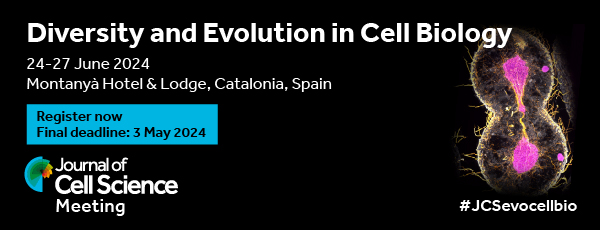
For a cell to move, the formation of new adhesions and protrusion at the front of the cell must be accompanied by the detachment of adhesions and retraction of the rear of the cell. Previous work has indicated that cytoskeletal forces coordinate these processes and that calcium might regulate the timing and location of these forces. On p. 2203, Juliet Lee and colleagues investigate the movement of fish keratocytes by combining a gelatin traction force assay in which the gelatin is deformed in response to the contractile forces exerted by moving cells with calcium imaging. They show that individual calcium transients are followed by a rapid increase in traction stress until cell retraction occurs, after which traction stress drops precipitously. The authors describe the spatio-temporal changes in traction stress that occur throughout the cell in response to calcium transients and propose a model in which global increases in intracellular calcium locally regulate contractile force generation to maintain the highly directed movement typical of keratocytes.








